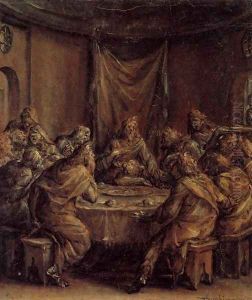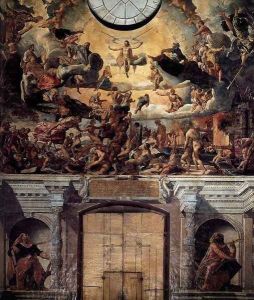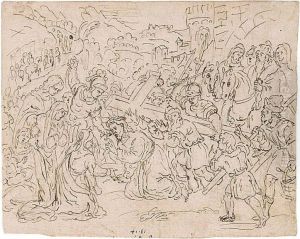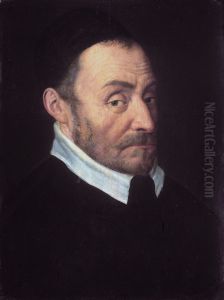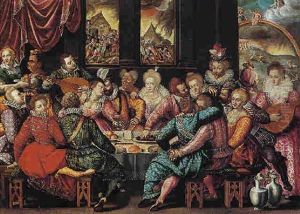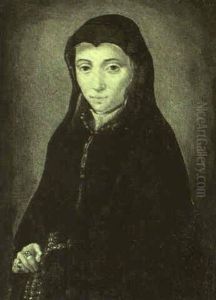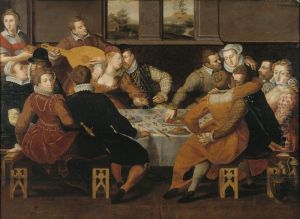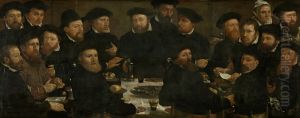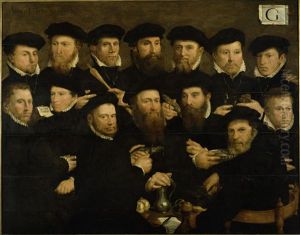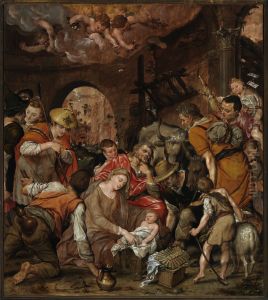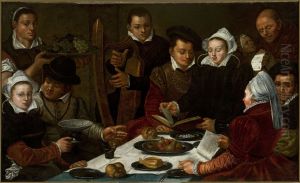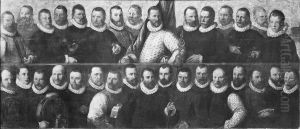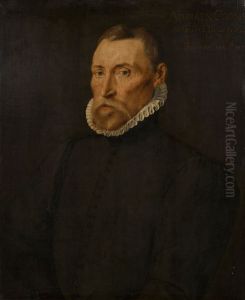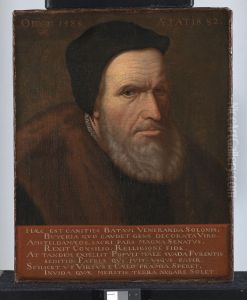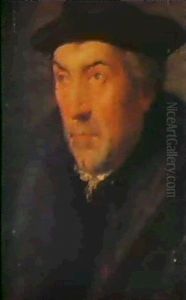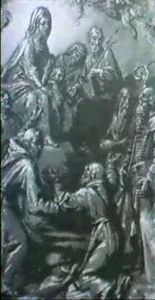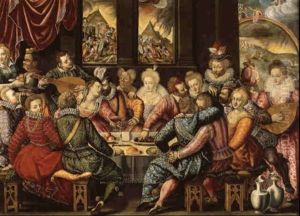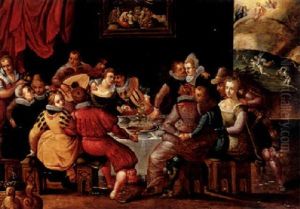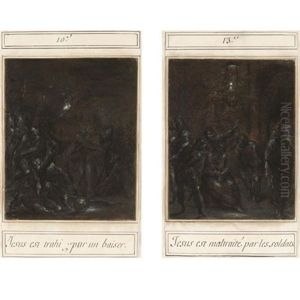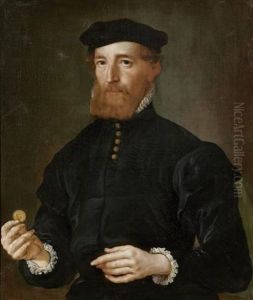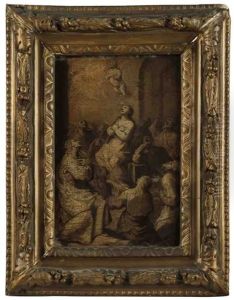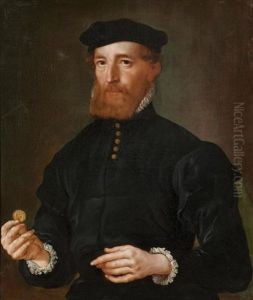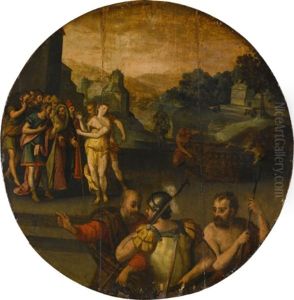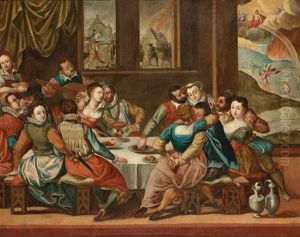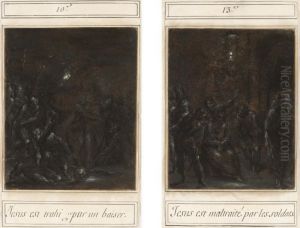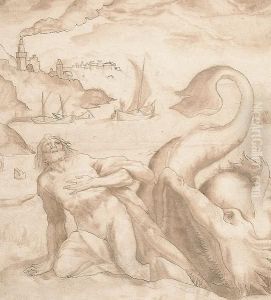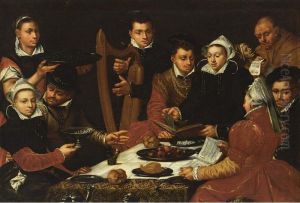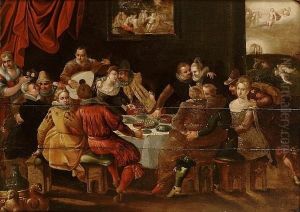Dirck Barendsz. Paintings
Dirck Barendsz was a Dutch painter born in the year 1534 in Amsterdam, which was then part of the Habsburg Netherlands. He was the son of the painter Barend Dircksz with whom he likely began his training. Barendsz is especially known for his work during the Dutch Renaissance and was a contemporary of other Dutch masters such as Pieter Aertsen.
Barendsz furthered his artistic education by traveling to Italy, which was common among Northern European artists at the time as they sought to learn from the Italian masters of the High Renaissance. In Italy, Barendsz was influenced by the works of artists like Titian, whose use of color and composition had a lasting impact on his style. After spending approximately eight years in Italy, he returned to Amsterdam around 1555 and became an influential artist in the city.
Upon his return, Barendsz's Italianate style was well received, and he became known for his religious and mythological scenes, portraits, and group paintings. His work often featured a sophisticated use of light and shadow, a technique known as chiaroscuro, which he had absorbed from the Italian masters.
Barendsz was not only a painter but also a teacher, and he had a significant impact on the next generation of Dutch artists. One of his most famous pupils was the painter Cornelis van Haarlem. His influence extended to the cultural life of Amsterdam, where he was an active member of the local artist's guild.
Dirck Barendsz died in Amsterdam in the year 1592. His legacy is preserved in various Dutch museums, and his works are considered important examples of the integration of Italian Renaissance aesthetics into Northern European art. The Rijksmuseum in Amsterdam holds some of his notable works, ensuring that his contribution to Dutch art history continues to be appreciated.
